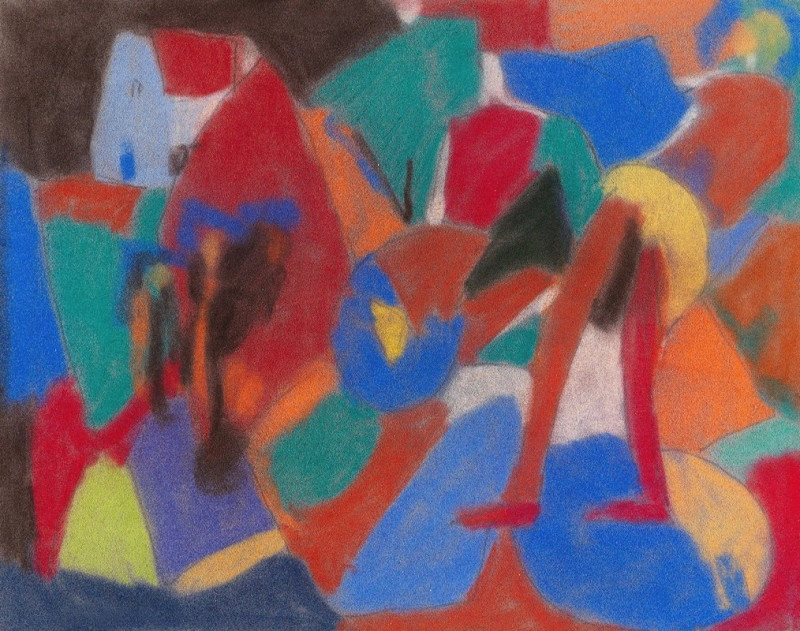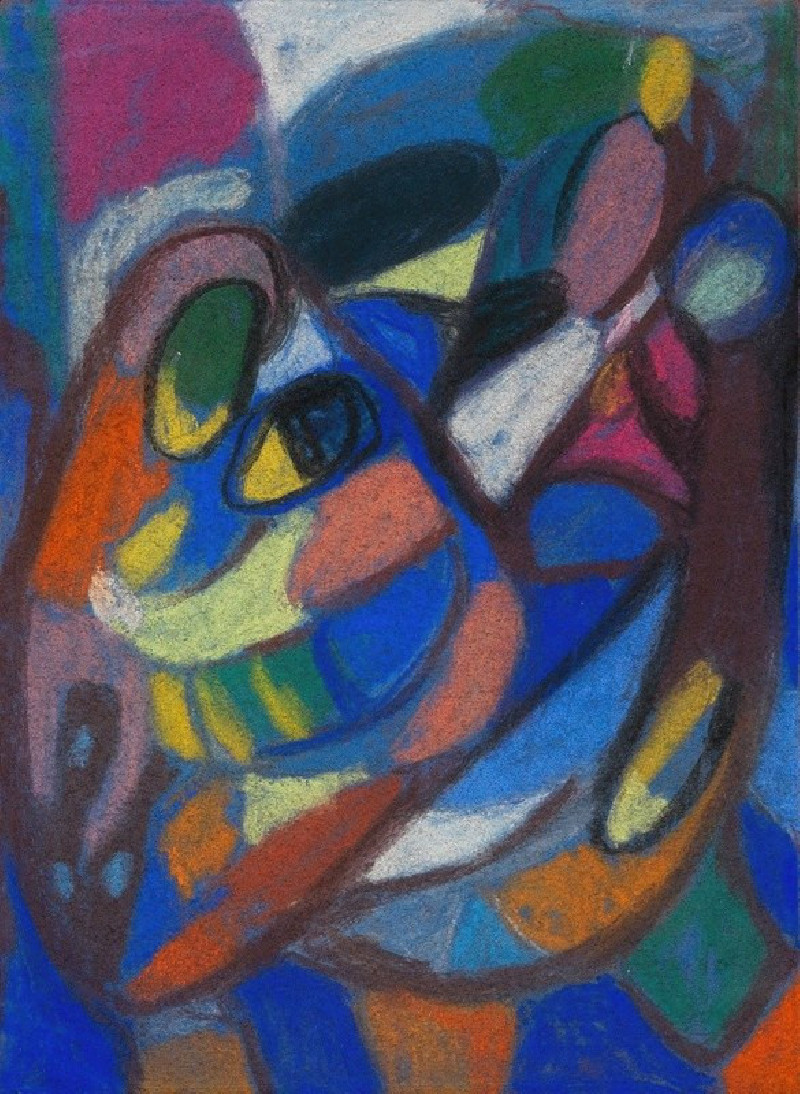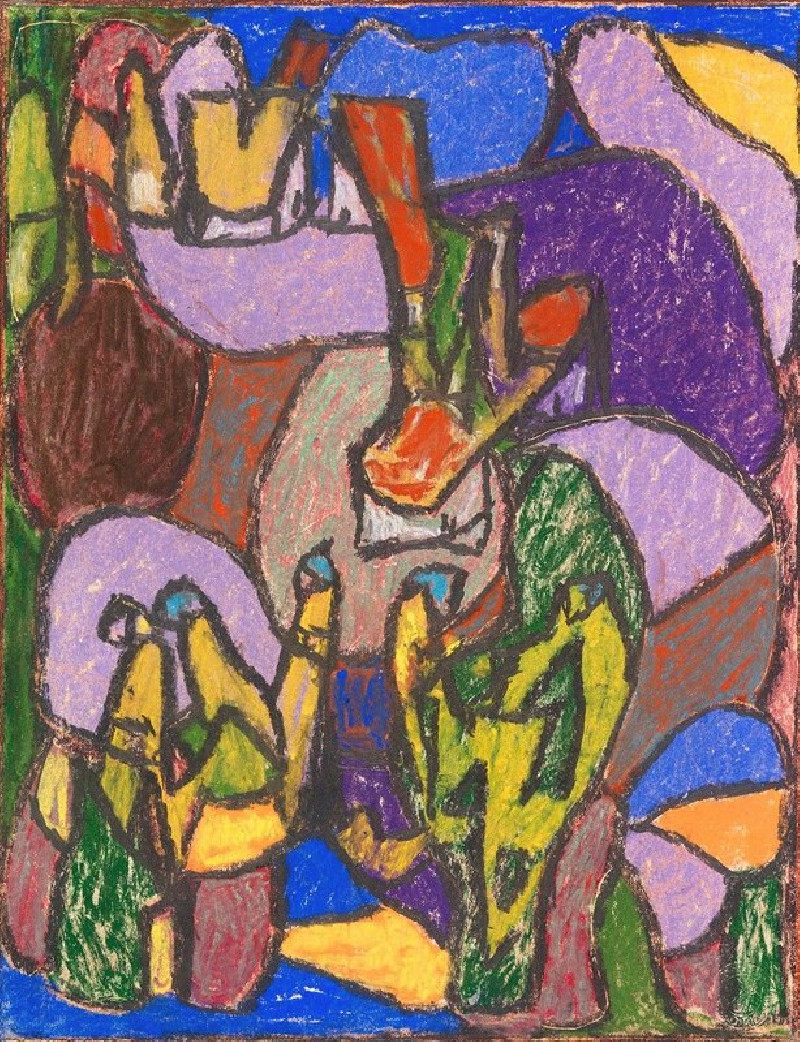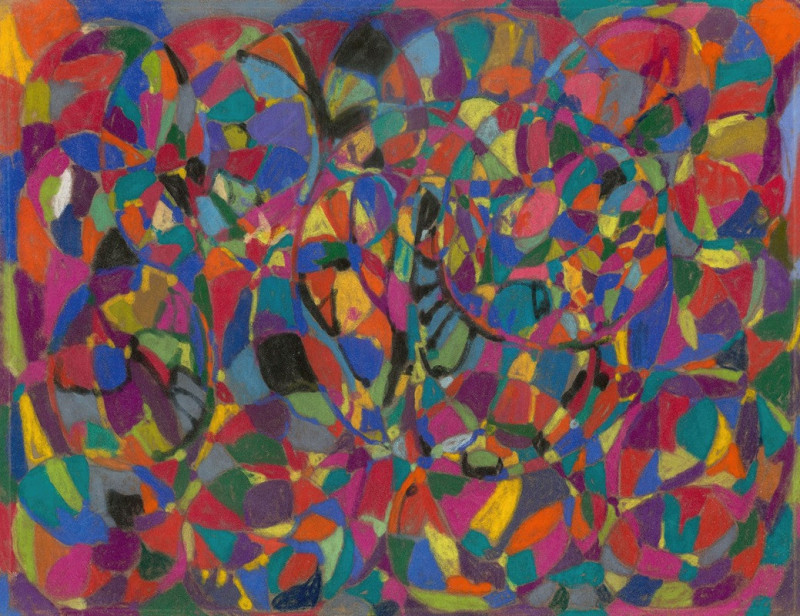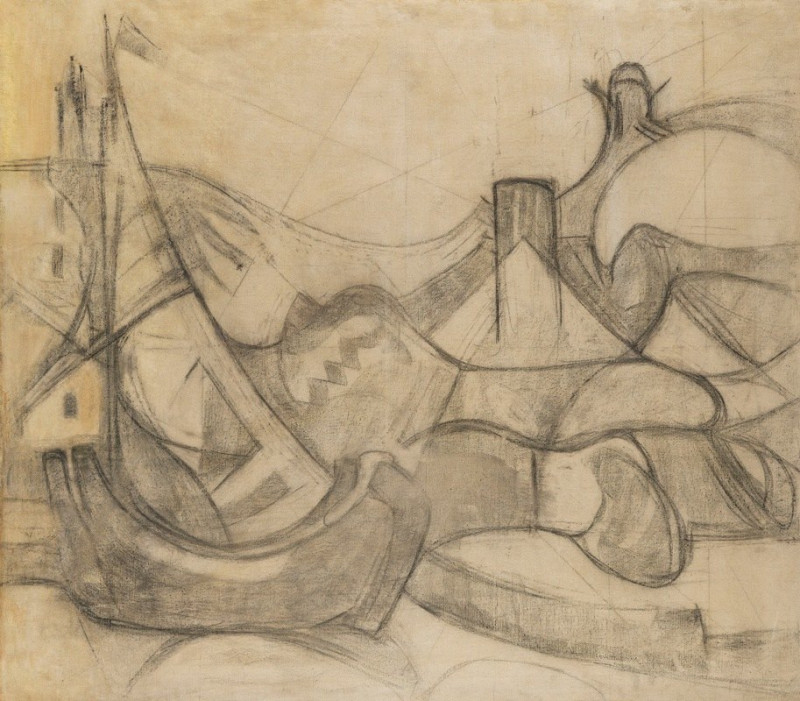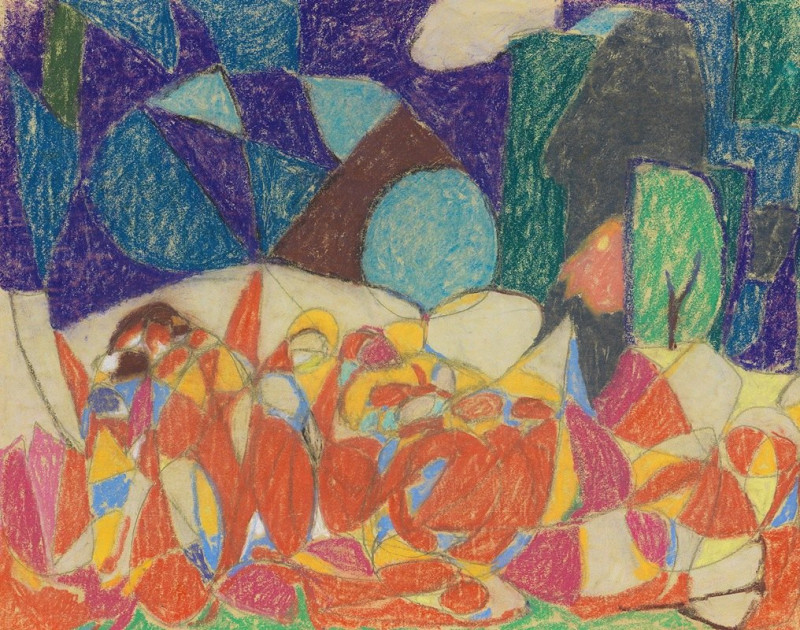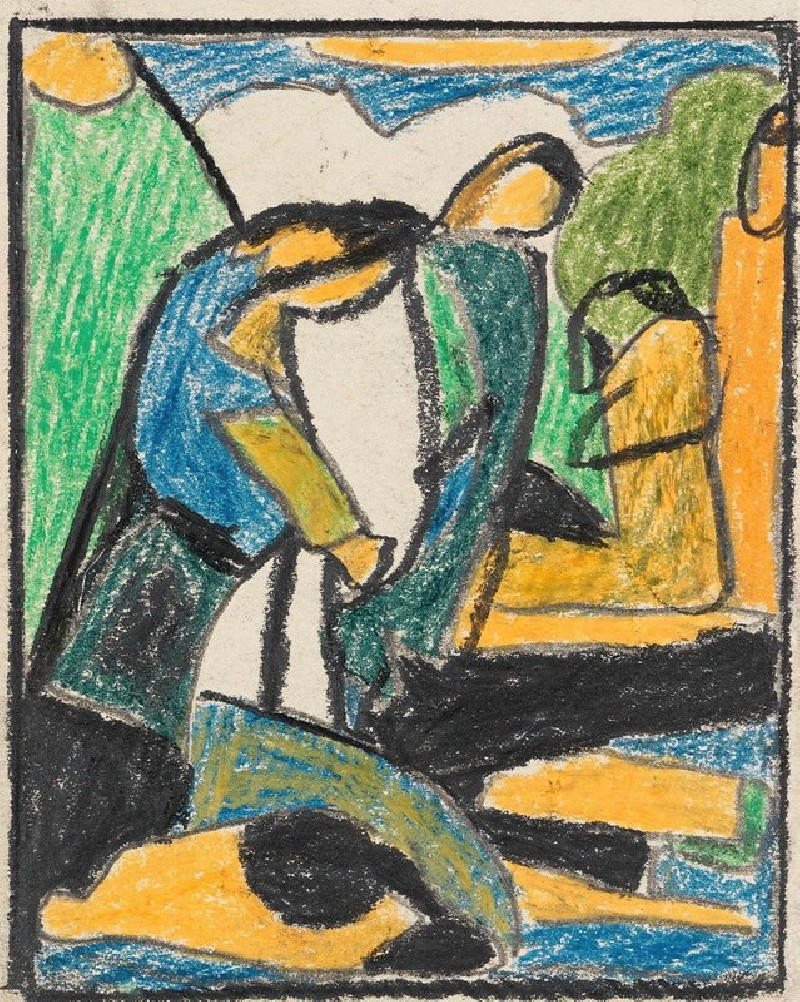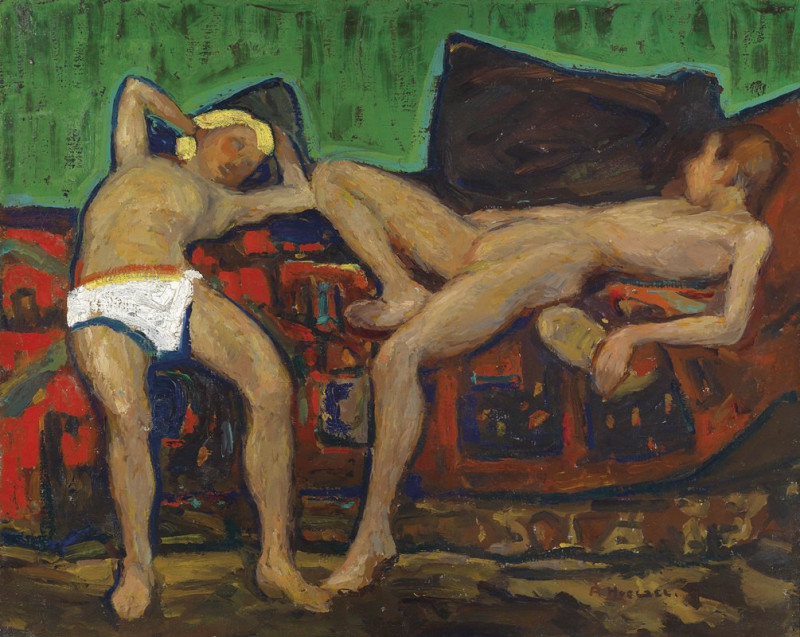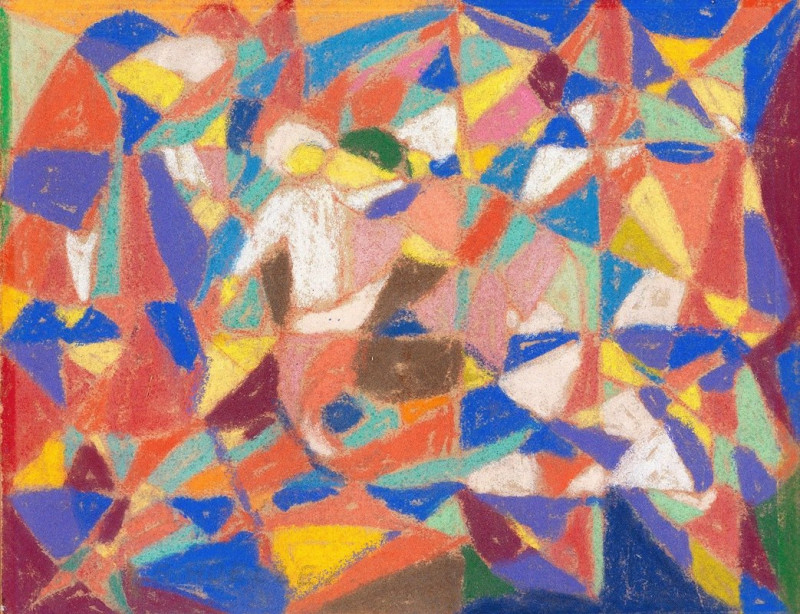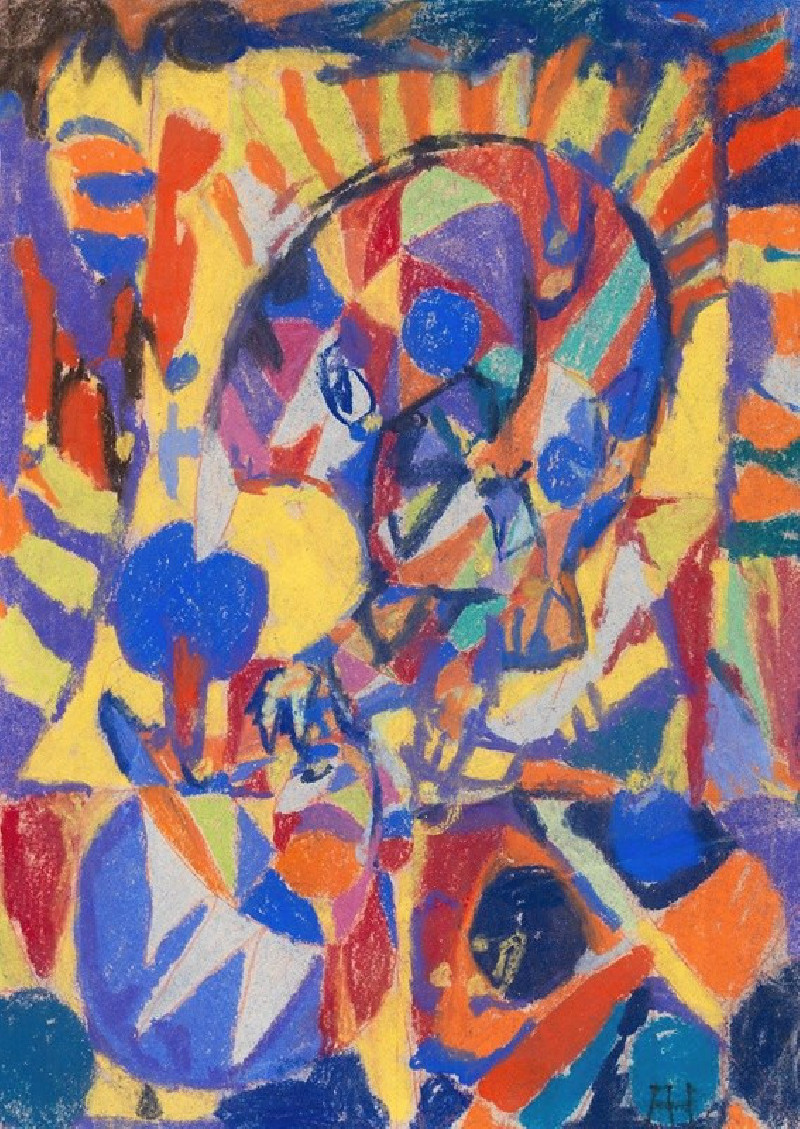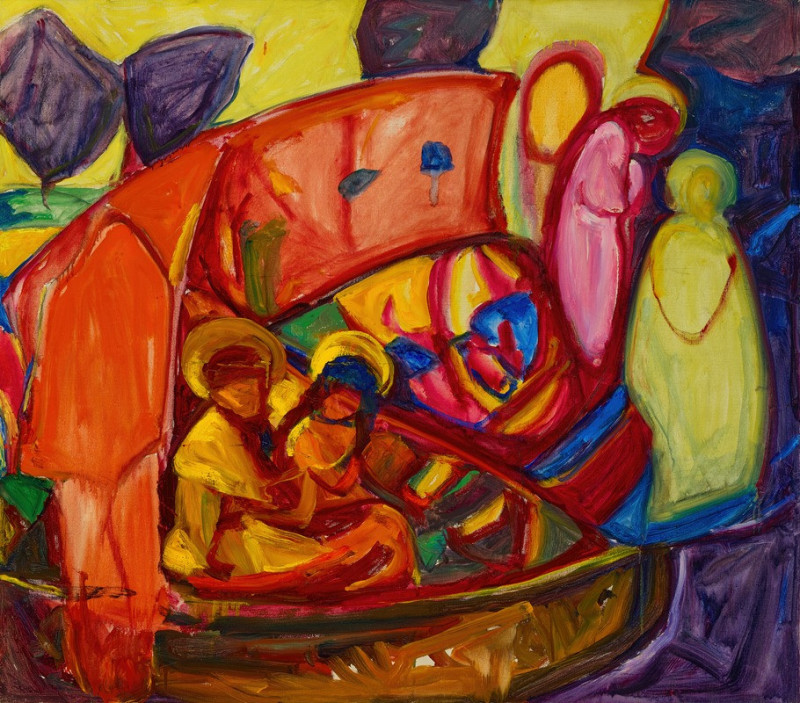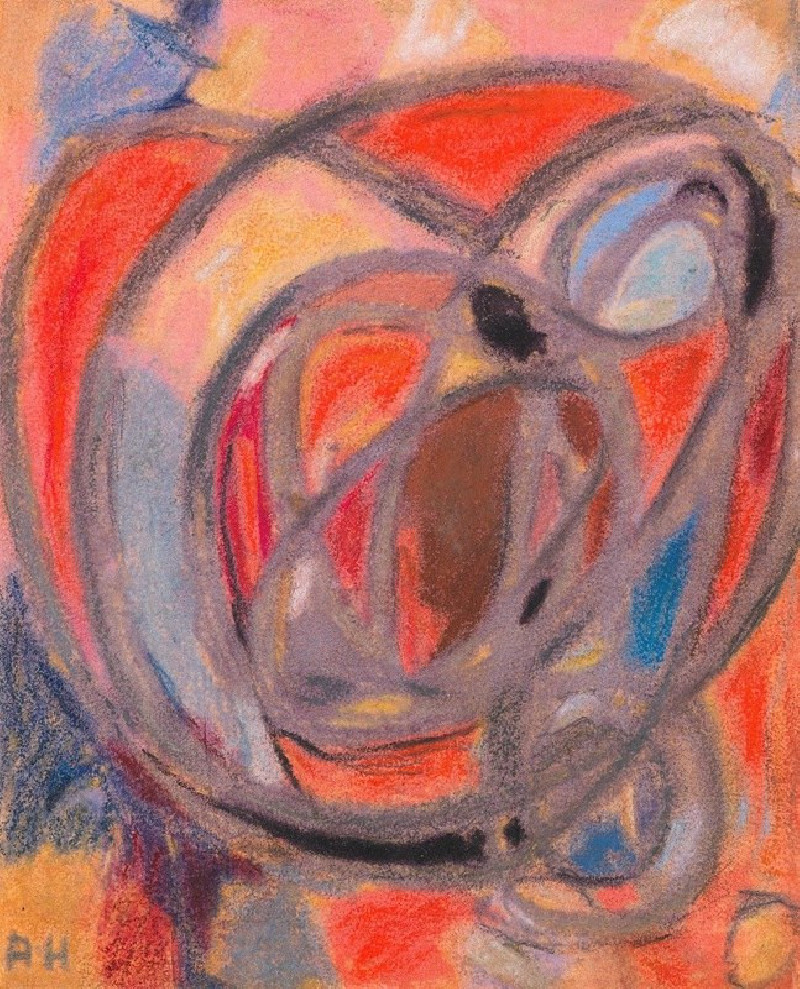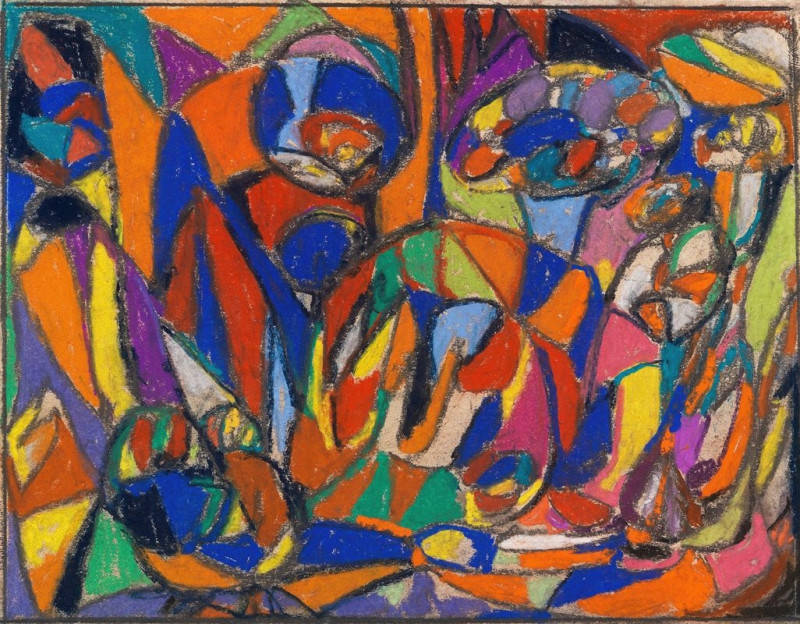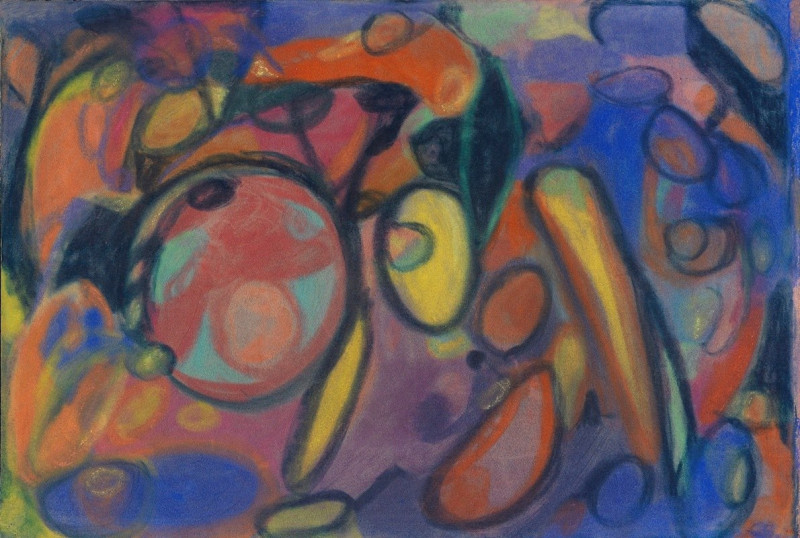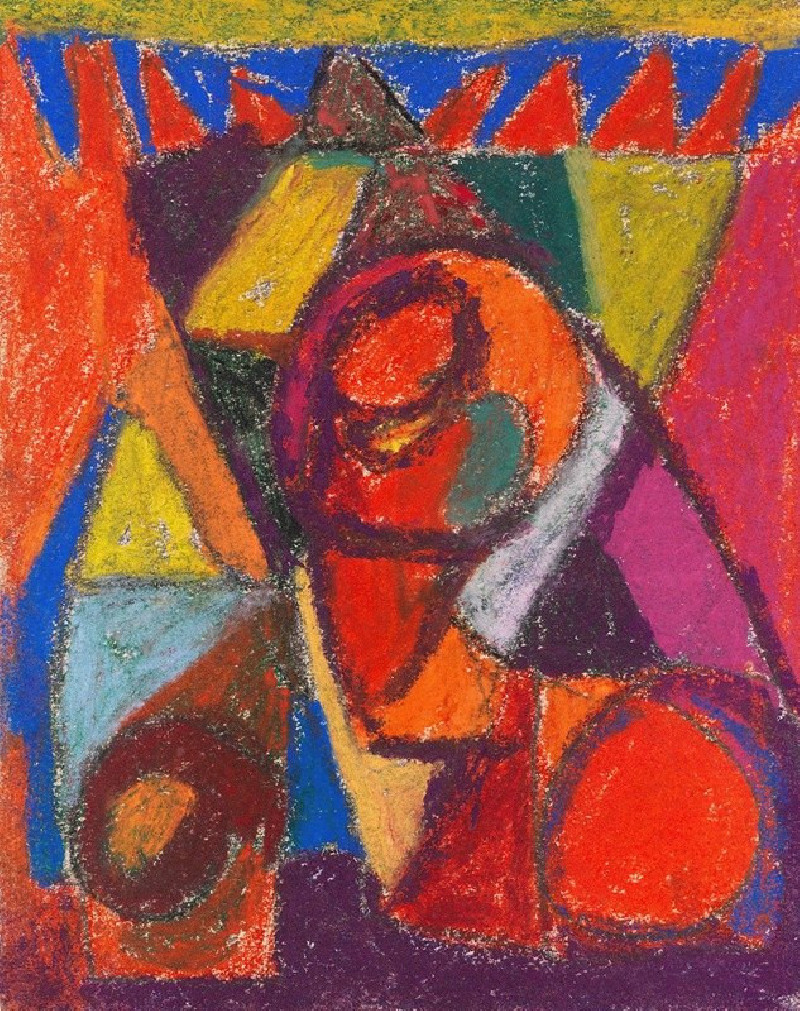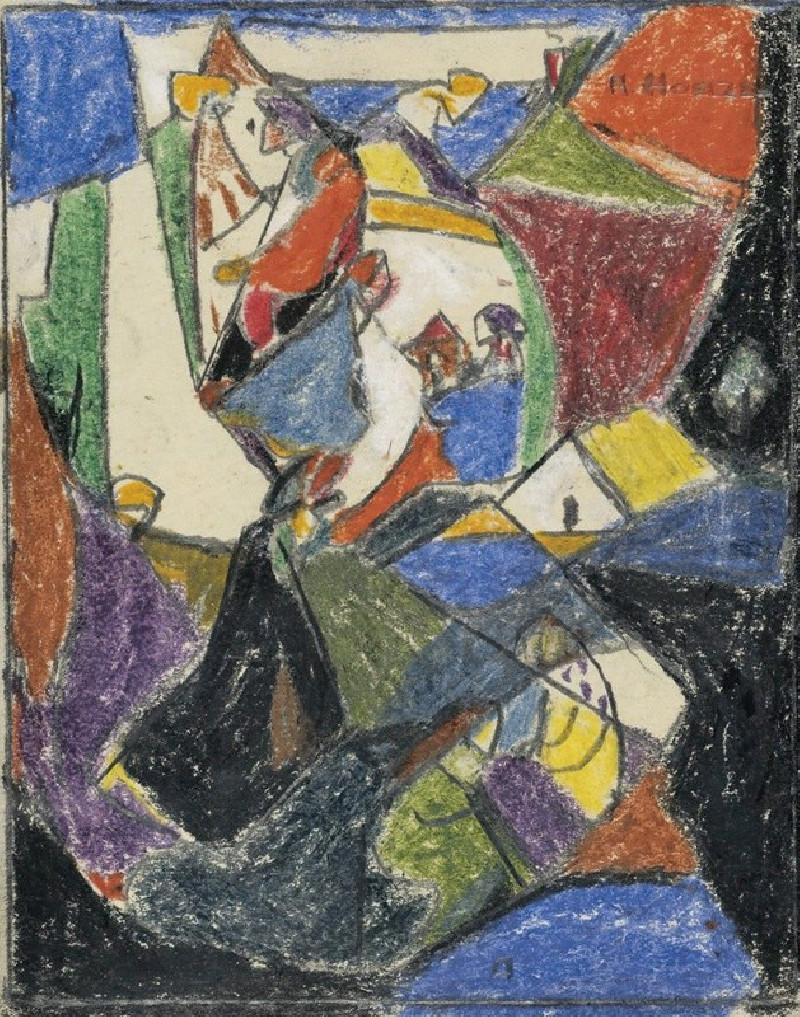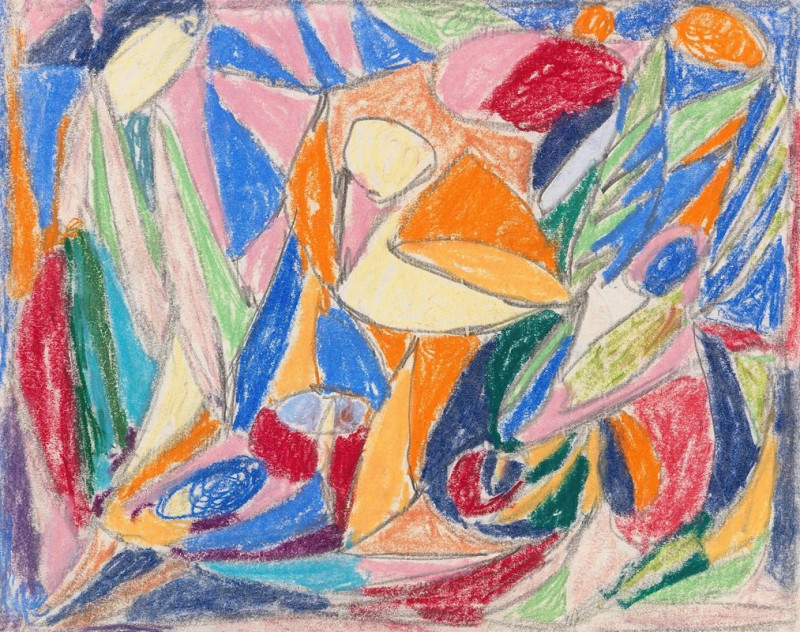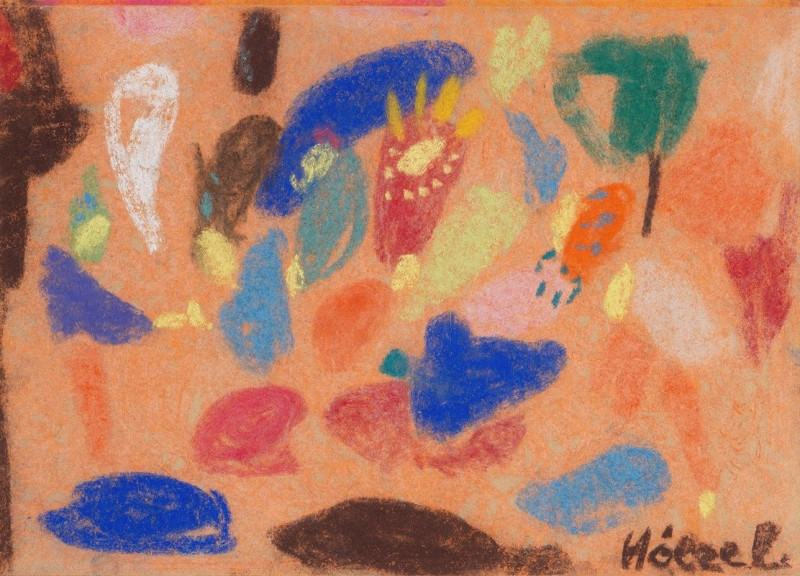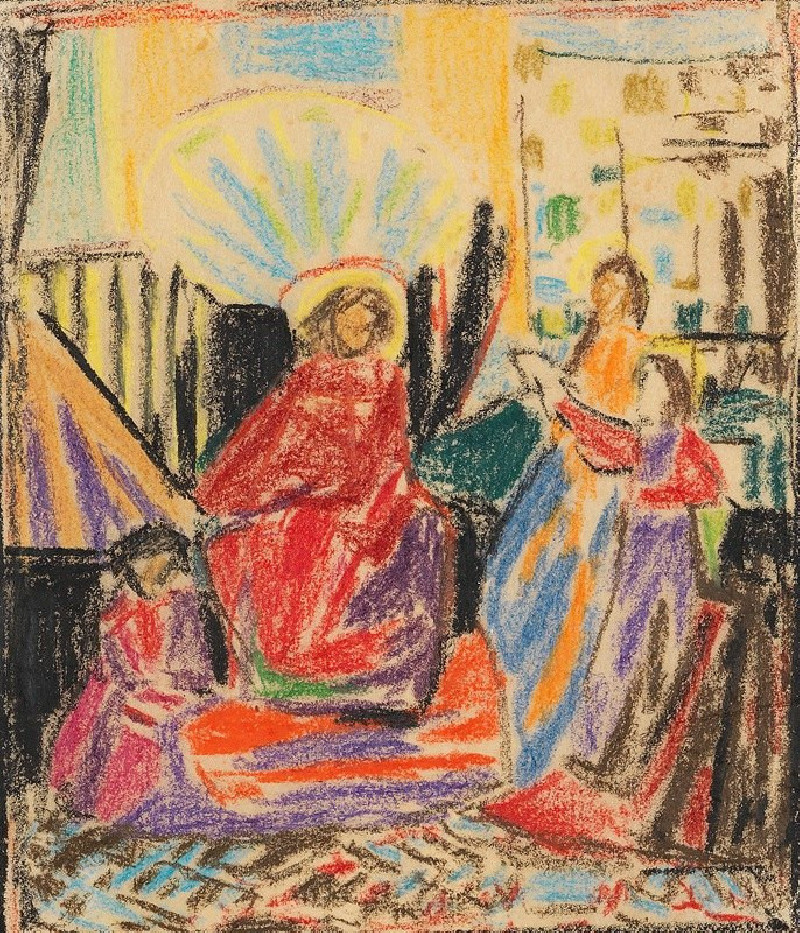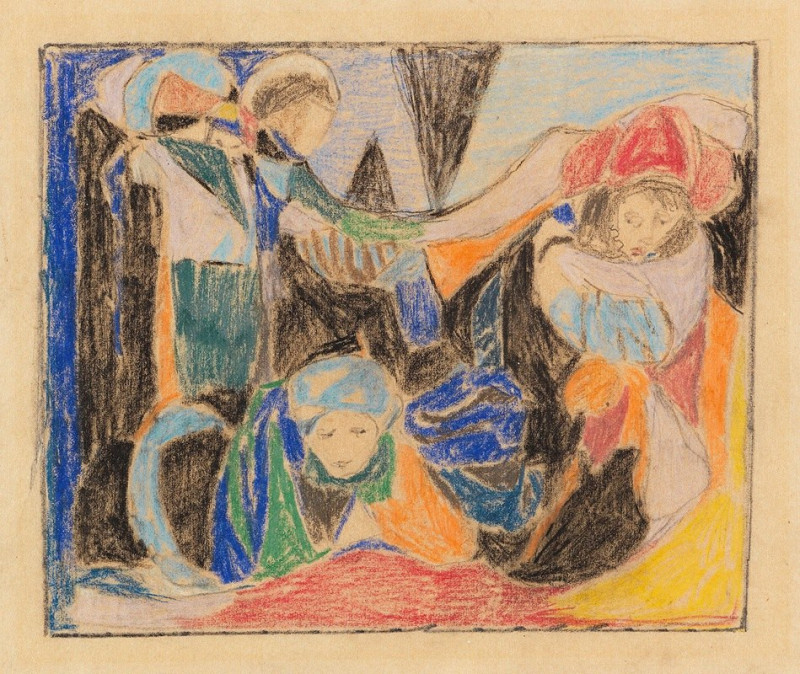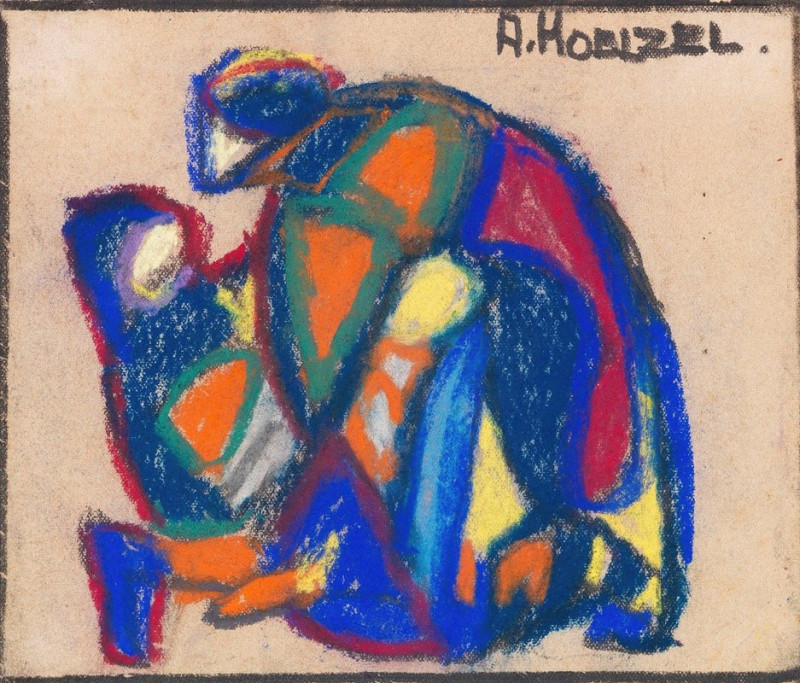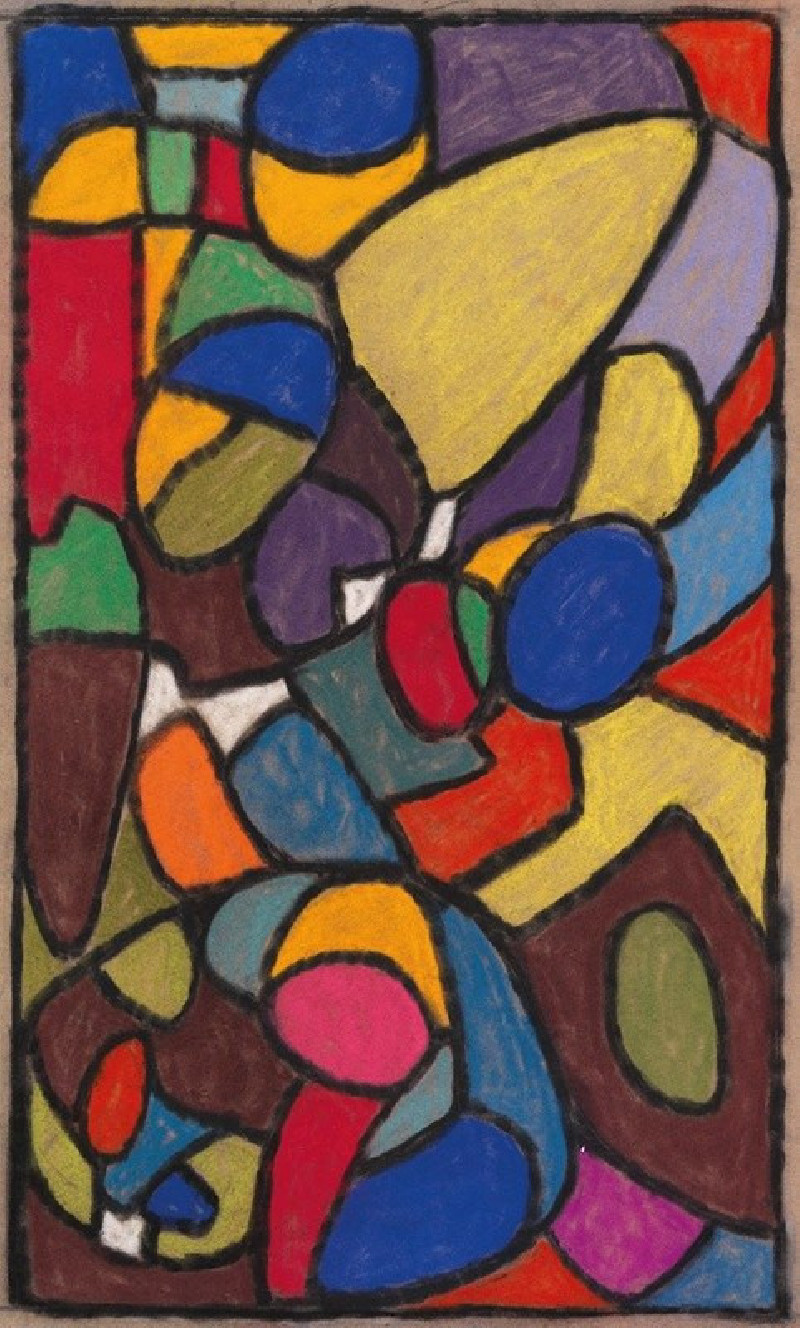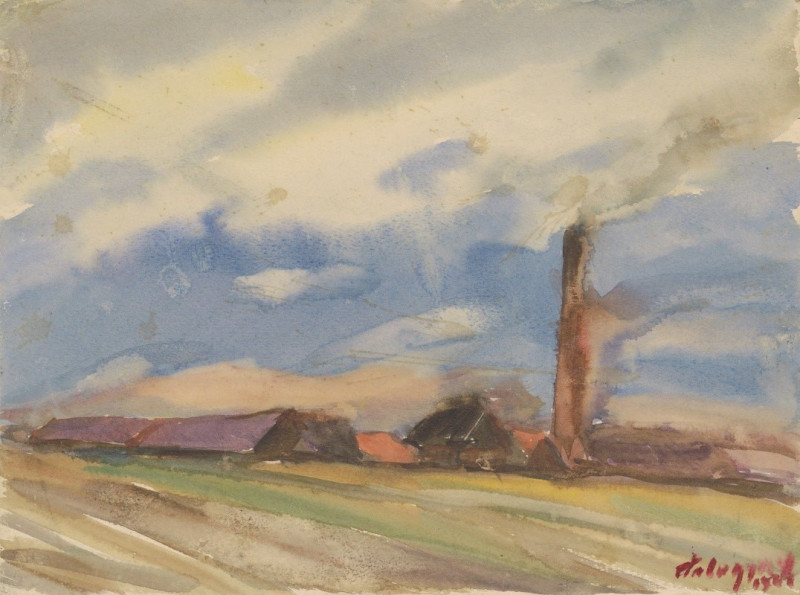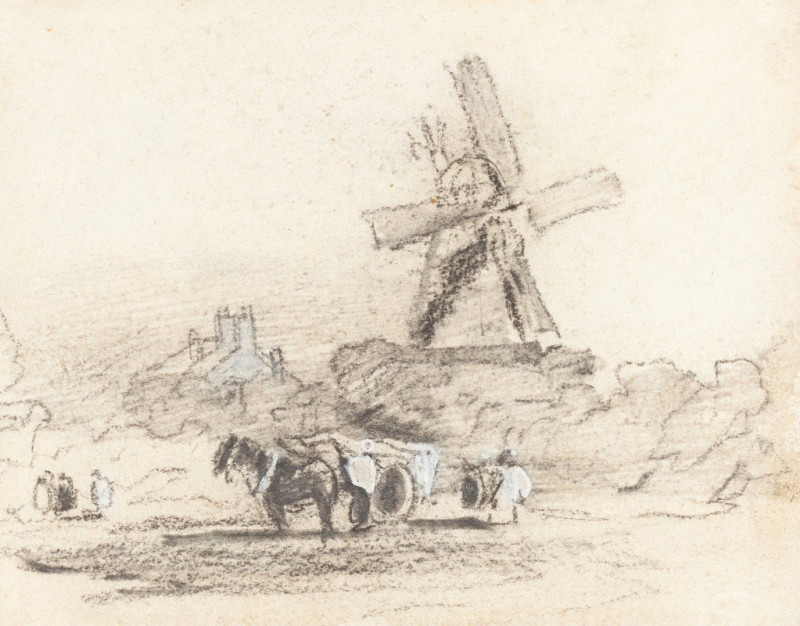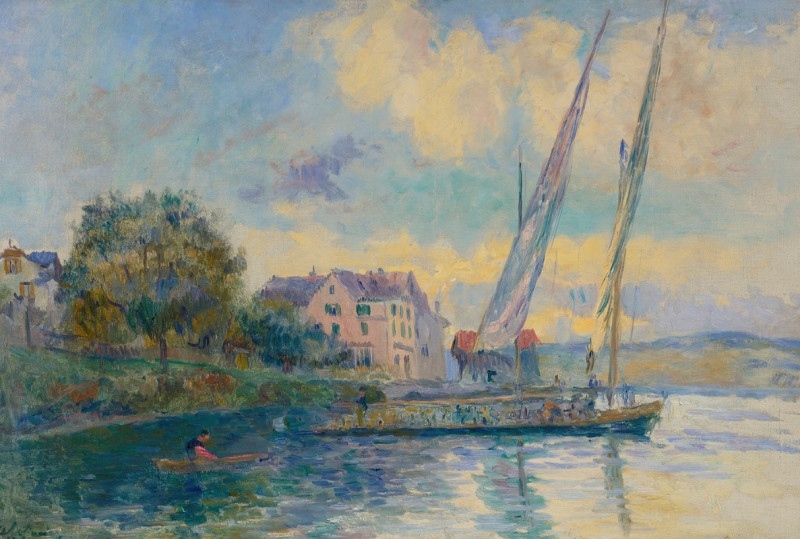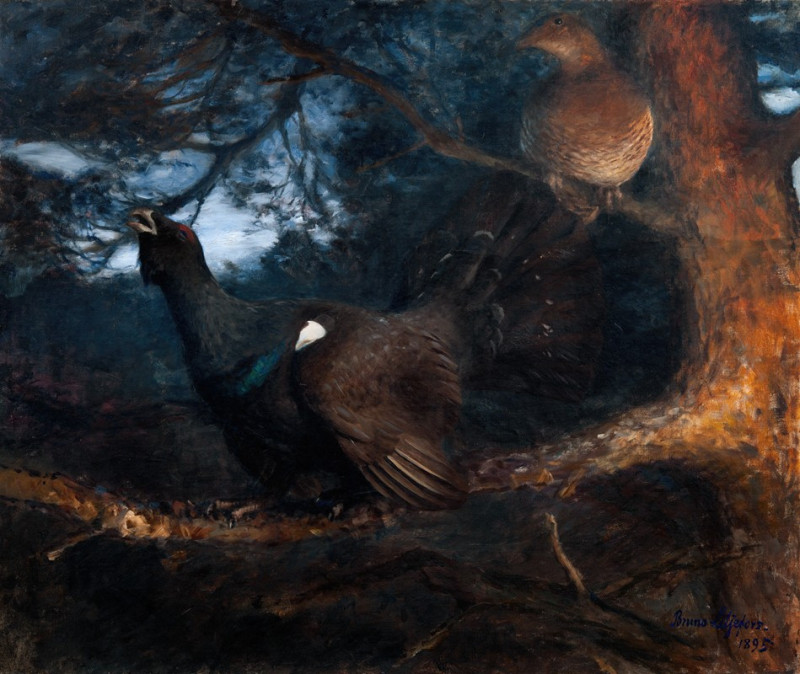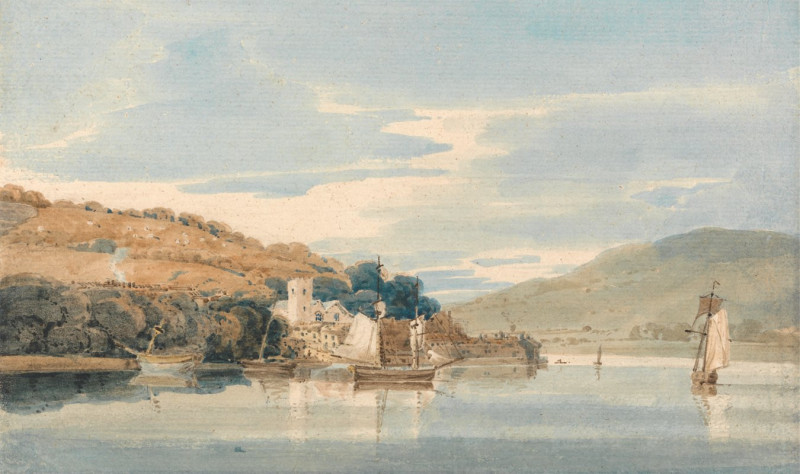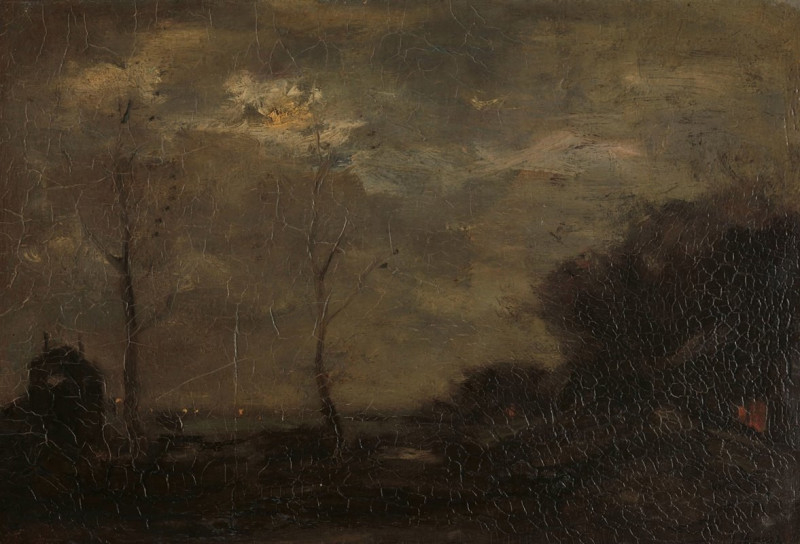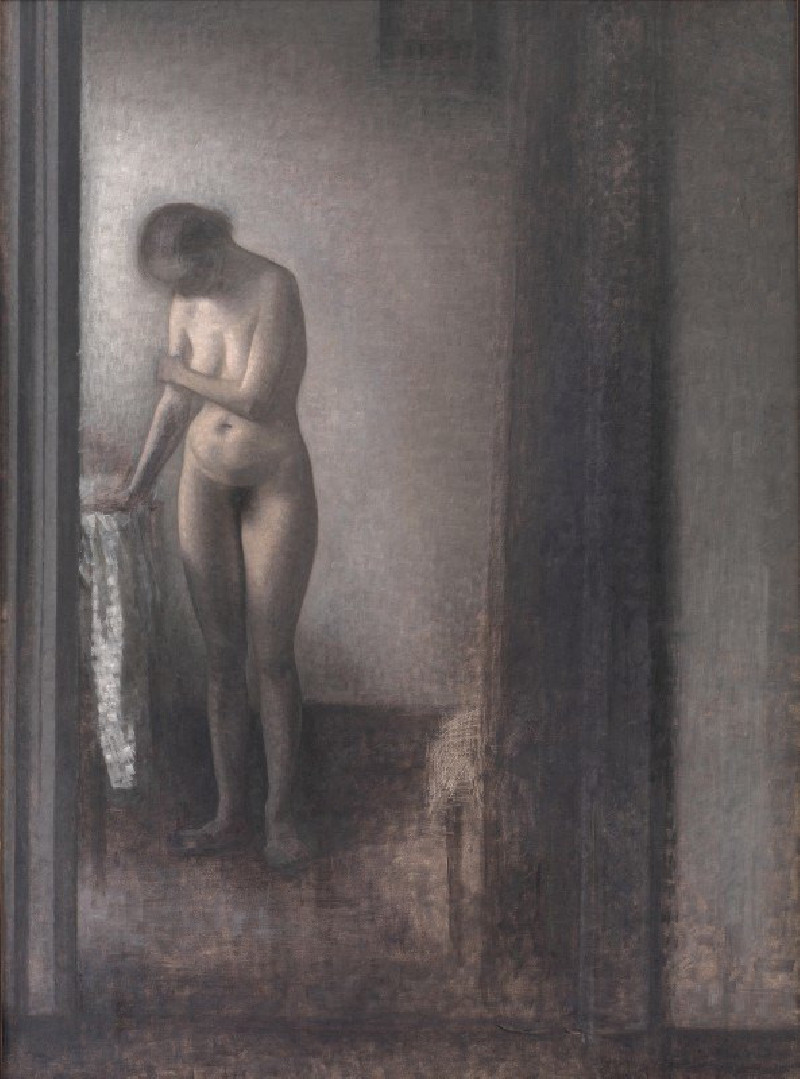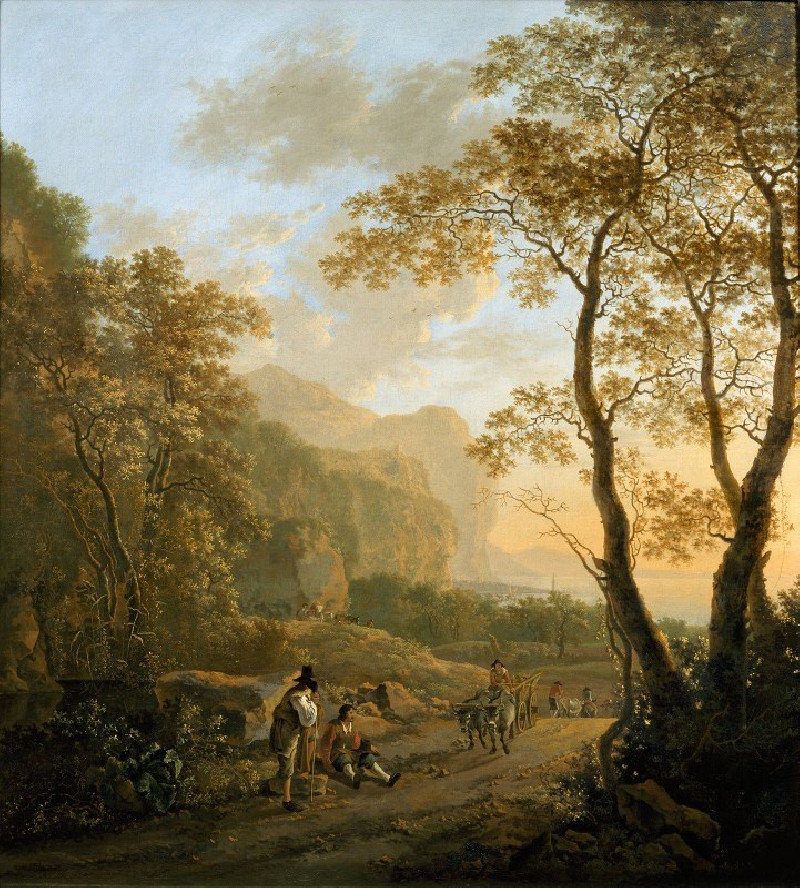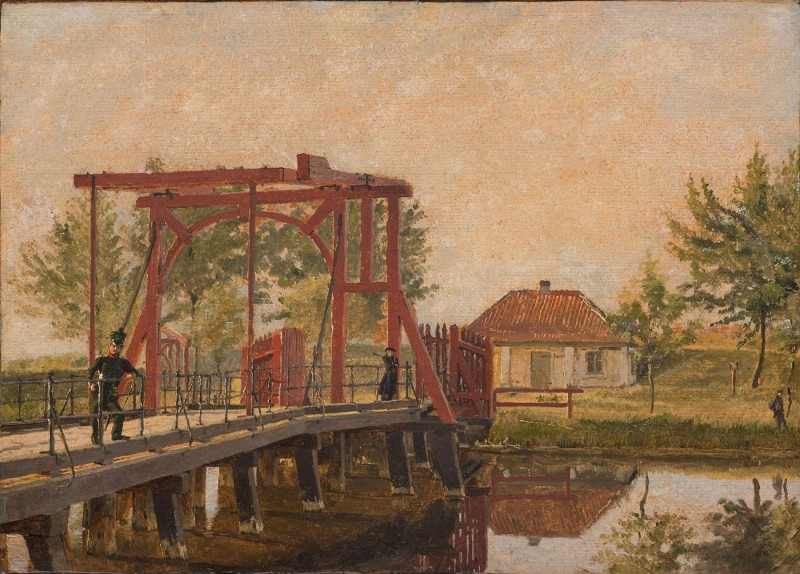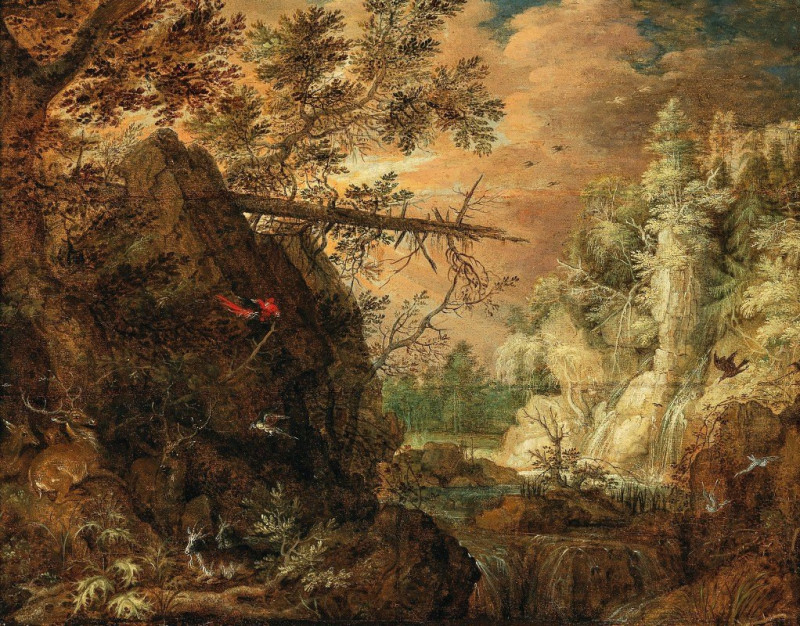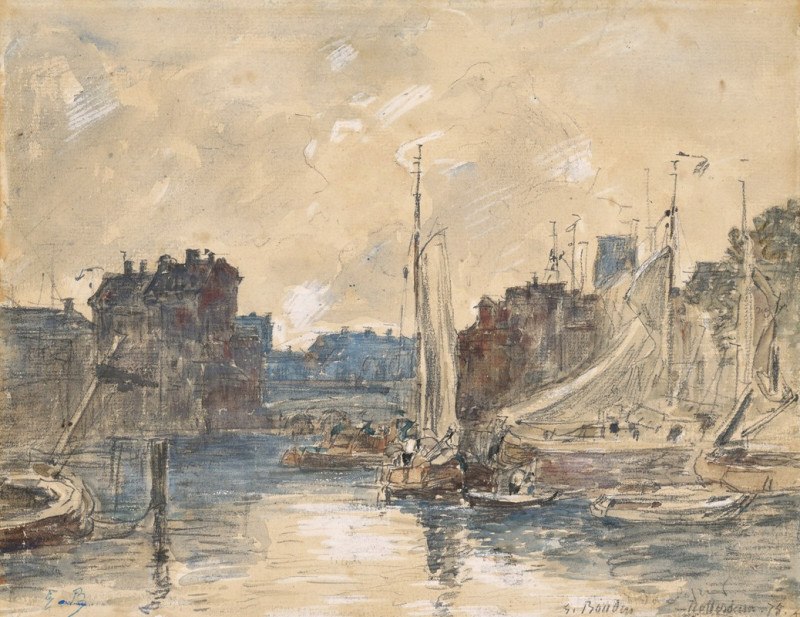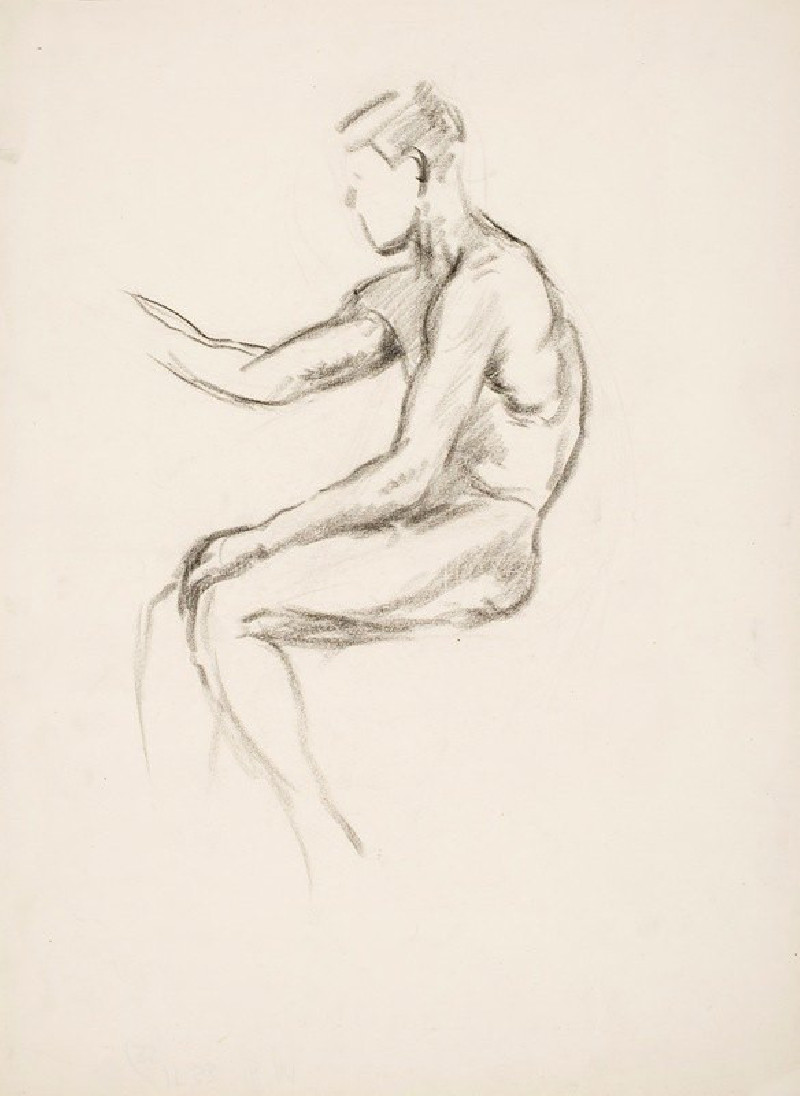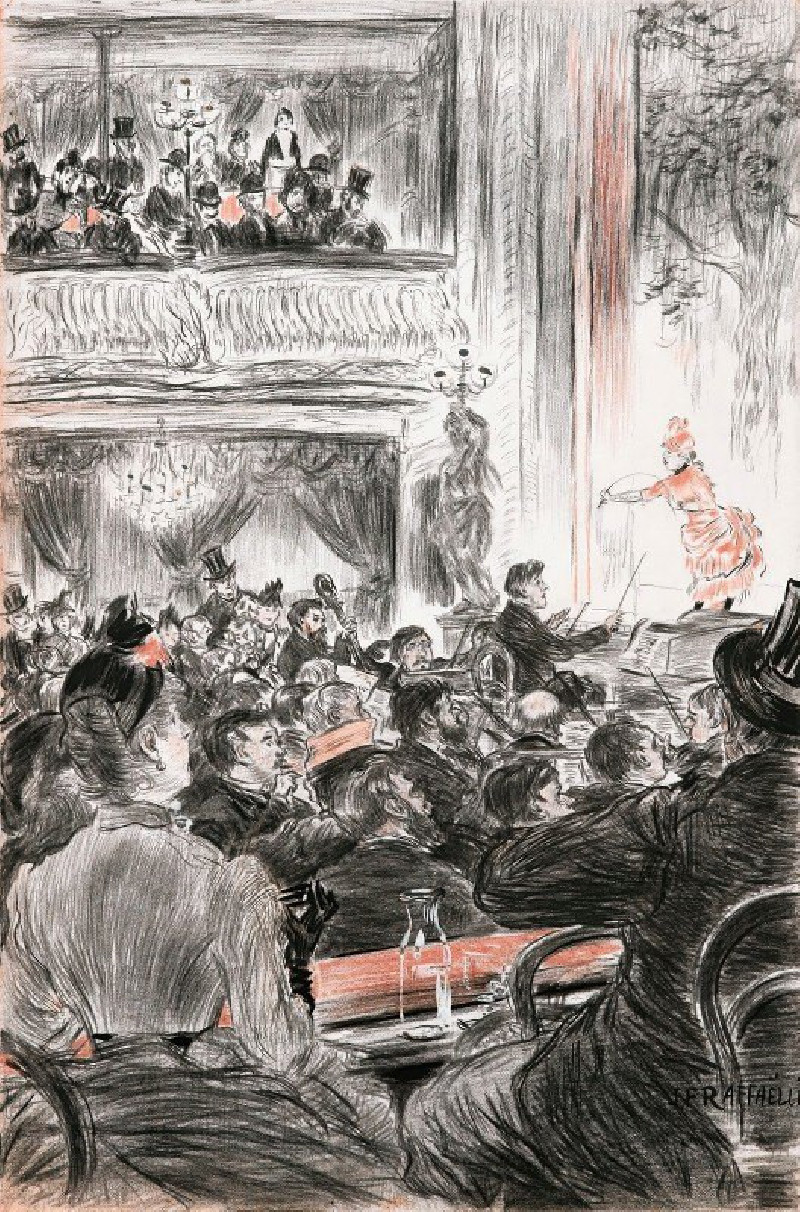Figur in Landschaft (1930)
Technique: Giclée quality print
Recommended by our customers
More about this artwork
"Figur in Landschaft" (Figure in Landscape), a captivating composition by Adolf Hölzel from 1930, is a vivid contemplation of abstract forms and colors that intertwine to create a dynamic landscape. Dominated by rich, saturated hues of blue, red, orange, and green, the painting invites viewers into a world where the conventional boundaries of figure and background are blurred.This work is an engaging example of Hölzel’s exploration into abstraction, where he uses color and form to elicit deep emotional and visual responses. The sweeping curves and sharp angles converge in a harmonious yet chaotic fashion, suggesting a landscape seen through a transformative lens. The hint of a figure, perhaps more felt than clearly delineated, occupies the central area, offering a focal point around which the surrounding shapes and colors seem to react and evolve.“Figur in Landschaft” not only challenges our perception of natural and human figures but also represents Hölzel’s contribution to the development of abstract art in the early 20th century.
Delivery
Reproductions are made to order and take 5 to 7 working days.
We send them out by courier and delivery takes another two working days.
If you need a reproduction sooner, please contact us - we can usually find a solution and produce it a little faster.
If you don't want to pay for postage, you can pick up your paintings at our galleries in Kaunas or Vilnius.
Returns
Yes, reproductions can be returned.
If you have any doubts more than 30 days after the date of purchase, please contact us - we will take the reproduction back for a refund or offer you a replacement!
We accept a maximum of two returns per customer - please note that we make reproductions to order, so please choose responsibly.
We do not refund shipping expenses.

